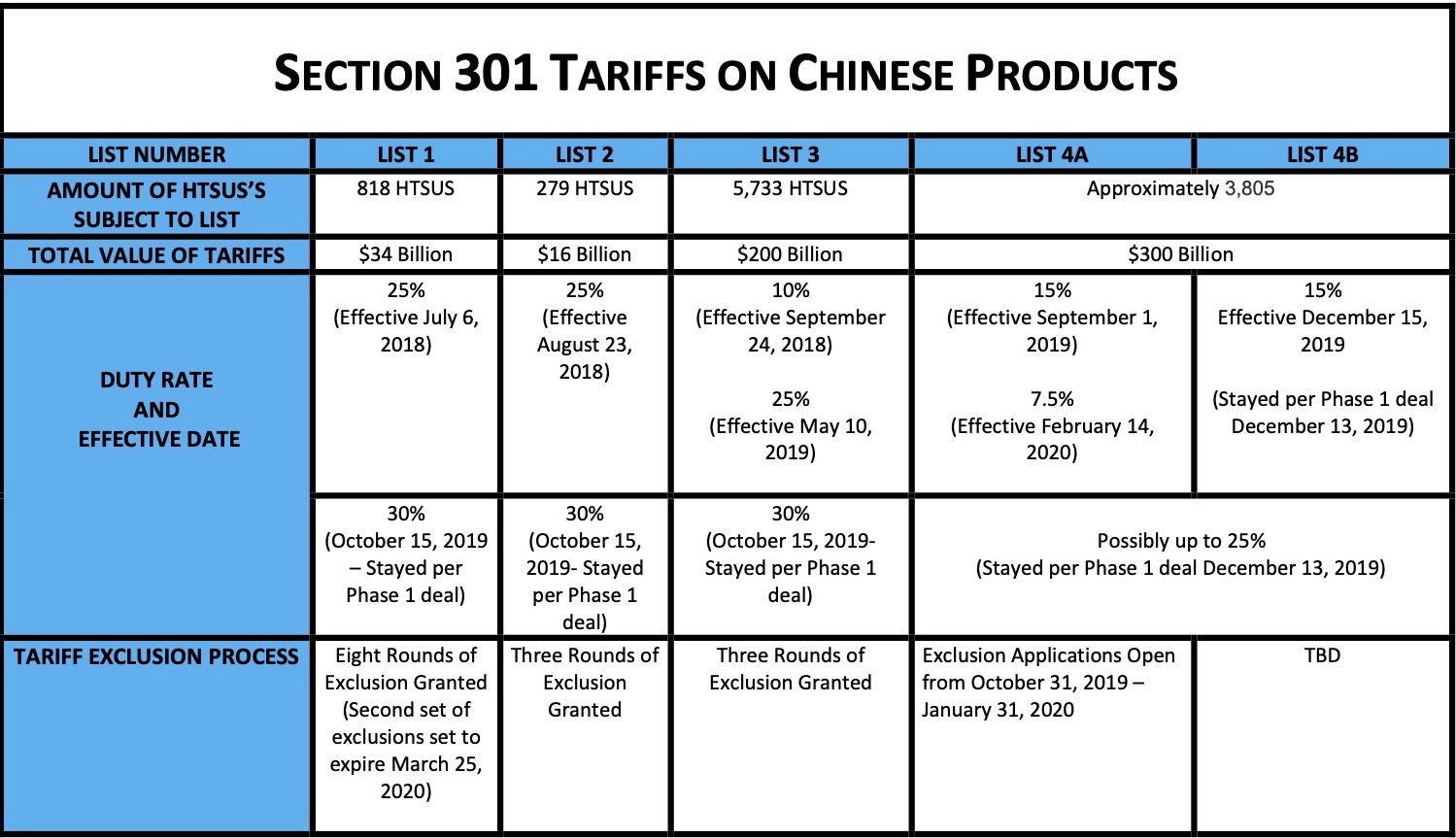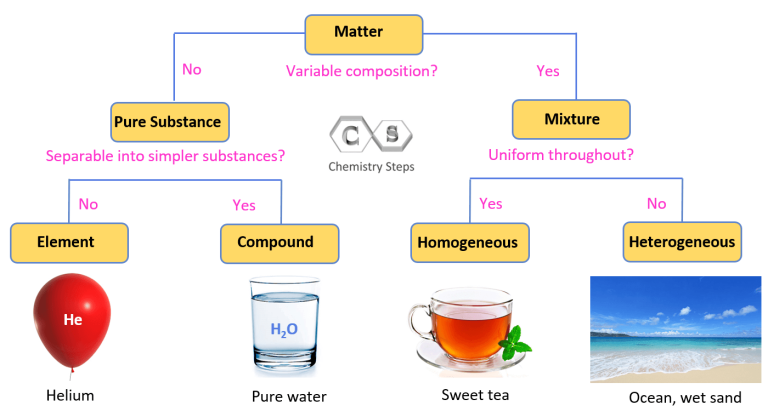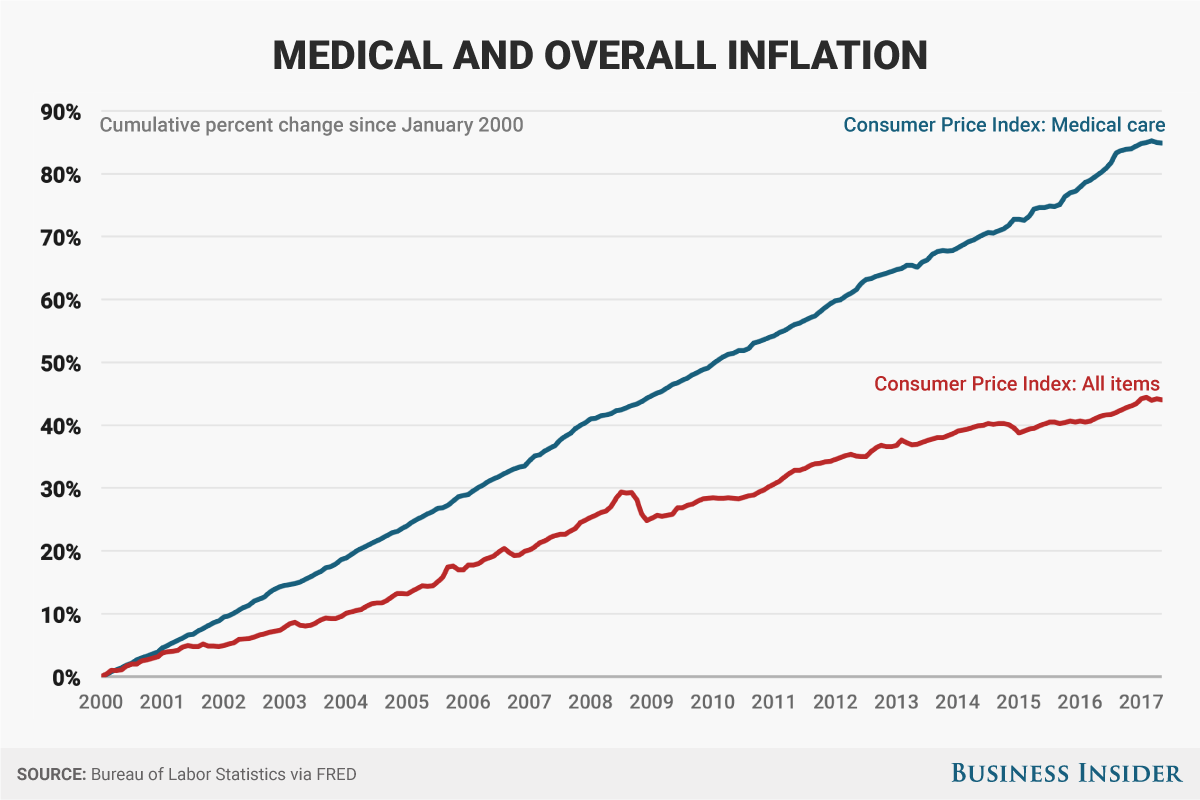China Tariffs: Analysts Predict Trump's 30% Duty Until 2025

Table of Contents
The Persistence of the 30% China Tariffs: Reasons and Predictions
The initial rationale behind the imposition of these tariffs stemmed from concerns about a significant trade imbalance between the US and China, coupled with accusations of intellectual property theft and unfair trade practices by Chinese companies. These actions were framed as necessary to protect American industries and jobs.
Analysts now predict these tariffs will persist until at least 2025, with some suggesting an even longer timeline. This prediction isn't solely based on economic factors; several underlying reasons contribute to this prolonged tariff situation:
- Political considerations and the Biden administration's approach: While President Biden has indicated a desire for a more collaborative relationship with China, completely removing the tariffs is a politically complex issue. Rolling back these tariffs could be seen as a sign of weakness, potentially inviting further aggressive trade practices from China.
- Lobbying efforts from affected US industries: Powerful US industries, particularly those in manufacturing and agriculture, have lobbied extensively to maintain the tariffs, arguing that their removal would severely harm their competitiveness and lead to job losses.
- Concerns over China's trade practices and national security: Ongoing concerns about China's trade practices, particularly regarding intellectual property rights and state-sponsored industrial policies, continue to fuel support for maintaining the tariffs as a means of leverage. National security concerns related to technology and supply chain vulnerabilities also play a role.
- Difficulties in removing tariffs once implemented: The complex web of economic relationships and the political ramifications of reversing such a significant trade policy make removing these tariffs a difficult and potentially risky undertaking.
Economic Impacts of Extended China Tariffs on US Businesses
The extended presence of these China tariffs has far-reaching economic consequences for US businesses across various sectors.
The manufacturing sector has faced increased production costs, impacting competitiveness in both domestic and international markets. Retailers have absorbed some of the increased costs, leading to higher prices for consumers and reduced purchasing power. The agricultural sector has also been significantly affected, with exports to China declining due to increased tariffs.
Here are some key economic consequences:
- Increased production costs for US companies: Tariffs directly increase the cost of imported goods from China, leading to higher production costs for US companies that rely on Chinese components or finished products.
- Loss of competitiveness in global markets: Higher production costs make US businesses less competitive in the global market compared to companies sourcing from countries without similar tariffs.
- Job displacement and economic hardship in certain regions: Industries heavily reliant on imports from China have experienced job losses and economic hardship in regions where these industries are concentrated.
- Shifting supply chains away from China: Many businesses are actively diversifying their supply chains, exploring sourcing options in other countries like Vietnam, Mexico, and India. However, this process is complex, time-consuming, and expensive.
Navigating the China Tariff Landscape: Strategies for Businesses
Adapting to the ongoing tariff situation requires a proactive and multifaceted approach. Businesses need to develop strategies that mitigate the impact of these tariffs on their bottom line.
Diversifying supply chains and exploring alternative sourcing options are crucial steps. This involves identifying reliable suppliers in other countries and carefully assessing the costs and risks associated with shifting production.
Strategies for navigating this challenging landscape include:
- Negotiating with suppliers to mitigate tariff costs: Businesses can negotiate with their Chinese suppliers to share the burden of the tariffs, potentially through adjusted pricing or other contractual arrangements.
- Investing in automation and technology to improve efficiency: Automating certain processes can help reduce reliance on imported goods and improve overall efficiency, mitigating the impact of increased costs.
- Exploring government support programs and financial assistance: Businesses should research and apply for any available government support programs or financial assistance designed to help companies cope with the economic impacts of the tariffs.
- Lobbying for tariff reductions or exemptions: Businesses can participate in lobbying efforts to advocate for tariff reductions or exemptions for specific products or industries.
Legal Challenges and Potential for Tariff Removal
Several legal challenges have been filed against the tariffs, arguing that they are unfair or violate international trade agreements. The outcome of these legal challenges could significantly impact the future of these tariffs. However, the likelihood of a complete removal in the near future remains uncertain. Future negotiations between the US and China could lead to partial or complete tariff reductions, but the timing and outcome of such negotiations are highly uncertain.
Potential scenarios include:
- Successful legal challenges leading to partial or full removal: Legal challenges could result in partial or full removal of the tariffs if courts find them to be unlawful or violate international trade agreements.
- Bilateral negotiations resulting in tariff reductions: Future negotiations between the US and China could result in an agreement to reduce or eliminate certain tariffs in exchange for concessions on other trade issues.
- Continued pressure from businesses and consumers: Continued pressure from businesses and consumers facing rising prices could eventually lead to political pressure to reconsider the tariffs.
Conclusion
The continued presence of the 30% China tariffs until at least 2025 presents significant challenges for businesses and consumers alike. Understanding the reasons behind their persistence, along with proactive strategies to navigate this complex landscape, is crucial for survival and success in the global market. The economic impacts are far-reaching, necessitating adaptable and resilient business practices.
Call to Action: Stay informed about the latest developments regarding China tariffs and their implications for your business. Proactive planning and strategic adaptation are key to mitigating the effects of these enduring tariffs on your bottom line. Consult with trade experts to develop a comprehensive strategy to manage the challenges posed by these ongoing China tariffs.

Featured Posts
-
 Maneskins Damiano David Announces Solo Album Tracklist And Release
May 18, 2025
Maneskins Damiano David Announces Solo Album Tracklist And Release
May 18, 2025 -
 Analyzing Trumps Aerospace Agreements Substance Vs Spectacle
May 18, 2025
Analyzing Trumps Aerospace Agreements Substance Vs Spectacle
May 18, 2025 -
 Low Scoring Affair Sorianos Pitching Leads Angels To 1 0 Win Over White Sox
May 18, 2025
Low Scoring Affair Sorianos Pitching Leads Angels To 1 0 Win Over White Sox
May 18, 2025 -
 The Gops Medicaid Fight Internal Conflict And Consequences
May 18, 2025
The Gops Medicaid Fight Internal Conflict And Consequences
May 18, 2025 -
 Kanye West Taylor Swift And The Super Bowl Controversy
May 18, 2025
Kanye West Taylor Swift And The Super Bowl Controversy
May 18, 2025
Latest Posts
-
 Will Stephen Miller Become The Next National Security Advisor Analysis Of Recent Reports
May 18, 2025
Will Stephen Miller Become The Next National Security Advisor Analysis Of Recent Reports
May 18, 2025 -
 Suffolk Boys Heroic Rescue At Great Wolf Lodge
May 18, 2025
Suffolk Boys Heroic Rescue At Great Wolf Lodge
May 18, 2025 -
 Reports Stephen Miller Considered For National Security Advisor Position
May 18, 2025
Reports Stephen Miller Considered For National Security Advisor Position
May 18, 2025 -
 Snl Spoofs Signal Leak With Mikey Madison Texting Government Officials
May 18, 2025
Snl Spoofs Signal Leak With Mikey Madison Texting Government Officials
May 18, 2025 -
 Saturday Night Lives Signal Leak Spoof Mikey Madisons Role In The Cold Open
May 18, 2025
Saturday Night Lives Signal Leak Spoof Mikey Madisons Role In The Cold Open
May 18, 2025
